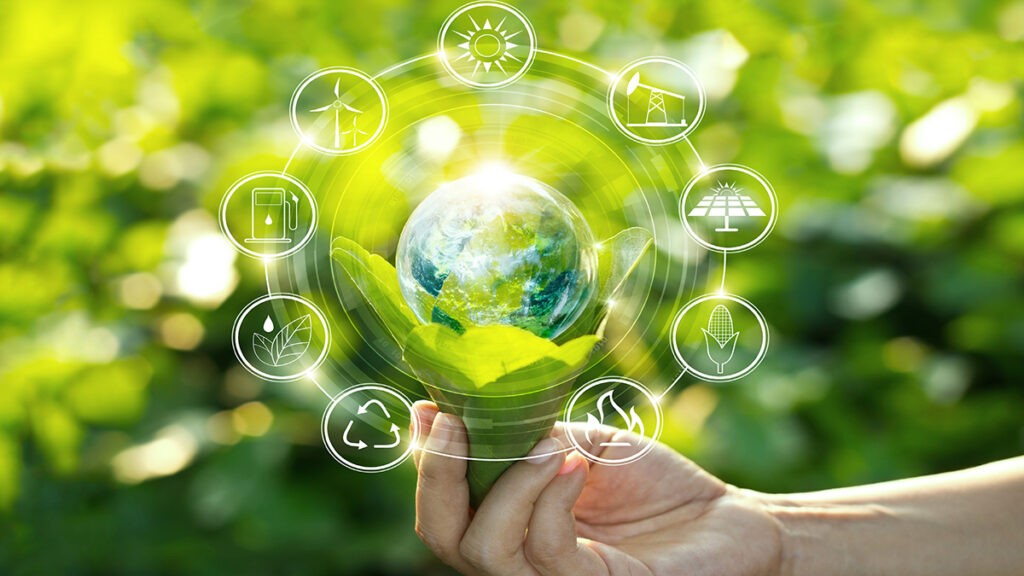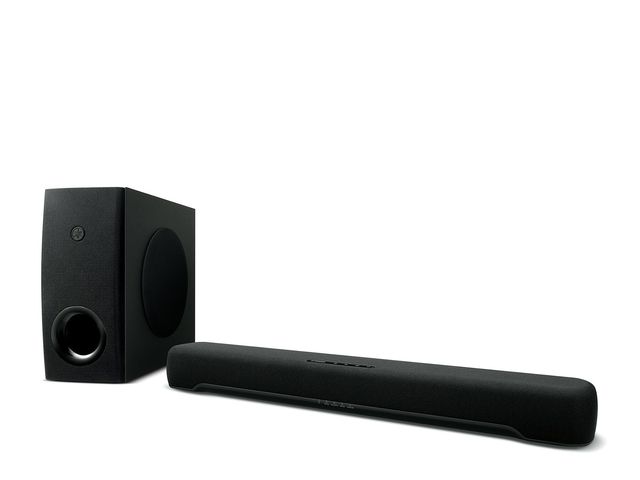As the world faces escalating environmental challenges—climate change, resource depletion, pollution, and biodiversity loss—the intersection of technology and sustainability has become a beacon of hope. Green technology, also known as clean tech or sustainable tech, is emerging as a powerful driver for creating a more sustainable and eco-friendly future. By harnessing innovation, businesses and individuals alike are finding smarter ways to reduce environmental impact while improving quality of life.
In this blog, we’ll explore what green technology entails, key innovations leading the charge, and how tech is shaping a sustainable tomorrow.
What Is Green Technology?
Green technology refers to any technology that aims to reduce environmental harm and promote sustainability. It includes tools, processes, and materials that conserve natural resources, reduce pollution and greenhouse gas emissions, and encourage recycling and renewable energy use.
Unlike traditional technologies that may prioritize profit or convenience at the environment’s expense, green tech is designed with ecological balance in mind. It addresses challenges such as:
- Energy efficiency and renewable power generation
- Waste reduction and circular economy models
- Sustainable agriculture and water management
- Pollution monitoring and control
Key Green Technology Innovations
1. Renewable Energy Technologies
At the forefront of green tech are renewable energy solutions that replace fossil fuels with sustainable sources such as solar, wind, hydro, and geothermal power.
- Solar Power: Advances in photovoltaic cells, including perovskite solar cells, are making solar energy cheaper and more efficient. Solar panels are now widely used from rooftop installations to large-scale solar farms.
- Wind Energy: Modern wind turbines, both onshore and offshore, harness wind power with improved designs and materials, contributing a growing share of global electricity.
- Energy Storage: Innovations in battery technology, such as lithium-ion and solid-state batteries, enable better storage of renewable energy for consistent supply.
2. Energy-Efficient Devices and Smart Grids
Green tech also focuses on reducing energy consumption. Smart grids use sensors and IoT technology to optimize electricity distribution, minimize waste, and integrate renewable sources smoothly. Energy-efficient appliances, LED lighting, and building automation systems help homes and businesses lower their carbon footprints.
3. Electric Vehicles (EVs) and Sustainable Transportation
Transportation is a major source of greenhouse gas emissions, and green tech is revolutionizing this sector with electric vehicles, hydrogen fuel cells, and advanced public transit systems.
- EVs reduce reliance on fossil fuels and improve air quality.
- Charging infrastructure powered by renewable energy is expanding rapidly.
- Innovations in battery recycling and second-life applications support sustainability.
4. Sustainable Agriculture Technologies
Tech innovations support sustainable farming by reducing water use, minimizing chemical fertilizers, and improving crop yields.
- Precision Agriculture: Drones, sensors, and AI analyze soil and crop health to apply water and nutrients only where needed.
- Vertical Farming: Controlled indoor environments allow food production in urban spaces with minimal land use.
- Biotechnology: Developing drought-resistant or pest-resistant crops reduces environmental strain.
5. Waste Management and Recycling
Technologies for efficient waste sorting, recycling, and converting waste to energy help reduce landfill use and pollution.
- AI-powered robots sort recyclables with high precision.
- Biodegradable materials and packaging reduce plastic pollution.
- Waste-to-energy plants recover usable energy from refuse.
6. Water Conservation and Purification
Green tech addresses global water scarcity by improving water efficiency and quality.
- Smart irrigation systems conserve water in agriculture.
- Advanced filtration and desalination technologies provide clean drinking water.
- Leak detection sensors prevent water loss in municipal systems.
How Technology is Driving Sustainability in Business
Companies across industries are embracing green technology to meet growing environmental regulations and consumer demand for sustainable products.
- Corporate Sustainability Initiatives: Businesses use IoT sensors to monitor energy use and emissions, optimizing operations.
- Green Data Centers: Tech giants like Google and Microsoft power data centers with renewable energy and improve cooling efficiency.
- Sustainable Supply Chains: Blockchain and AI improve transparency and reduce waste in sourcing and logistics.
Benefits of Green Technology
- Reduced Carbon Footprint: Switching to renewable energy and efficient devices cuts greenhouse gas emissions.
- Cost Savings: Energy efficiency and waste reduction lower operational expenses.
- Improved Health: Cleaner air and water reduce health risks from pollution.
- Resource Conservation: Sustainable farming and water technologies preserve vital natural resources.
- Economic Growth: The green tech sector creates jobs and drives innovation.
Challenges and the Road Ahead
While green technology offers enormous promise, challenges remain:
- High Initial Costs: Many green technologies require significant upfront investment.
- Scalability: Some solutions need further development to scale globally.
- Infrastructure Needs: Transitioning to renewables and EVs requires upgraded grids and charging networks.
- Policy and Regulation: Supportive government policies are essential to accelerate adoption.
Continued collaboration between governments, private sector, and researchers is crucial to overcome these hurdles.
Conclusion: A Sustainable Future Powered by Technology
The convergence of technology and sustainability represents one of the most exciting frontiers of the 21st century. Green technology not only addresses urgent environmental challenges but also opens up opportunities for economic development and improved quality of life.
As innovations in renewable energy, smart infrastructure, sustainable agriculture, and beyond continue to advance, our ability to live harmoniously with the planet will grow stronger. By supporting and investing in green technology, we are shaping a future where technology and nature thrive together.
Are you ready to be part of this green revolution?



